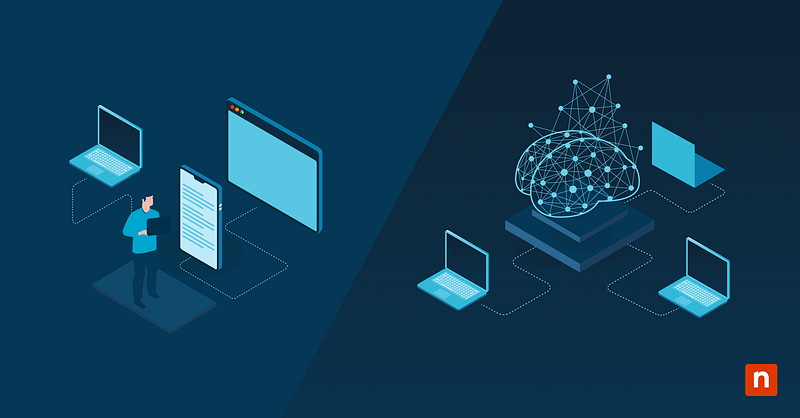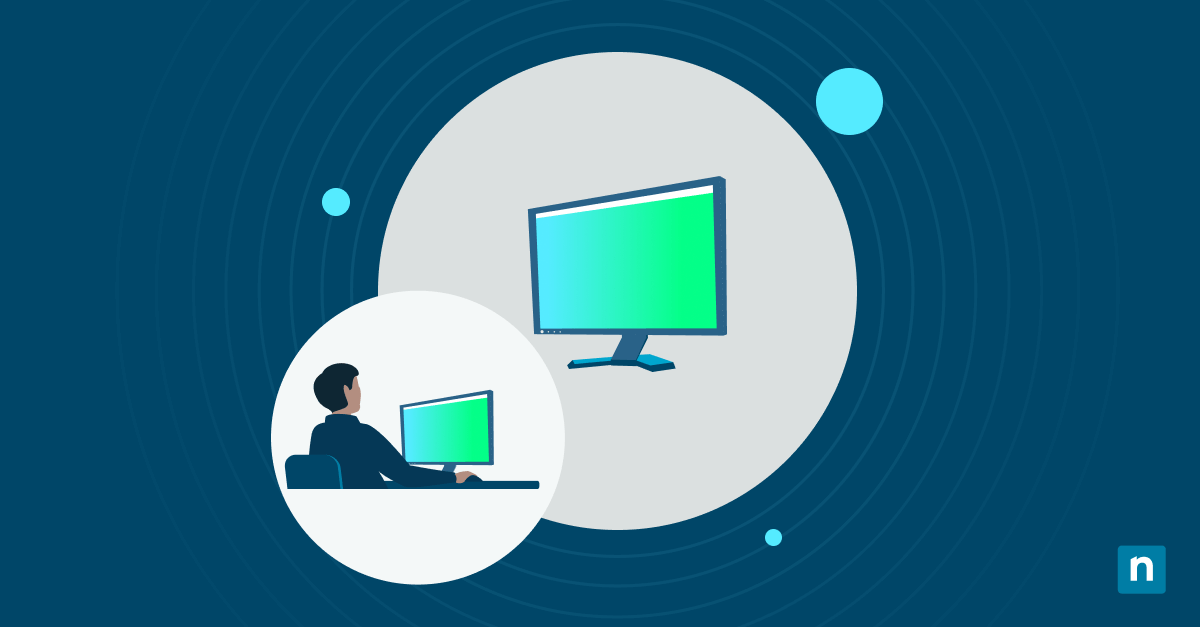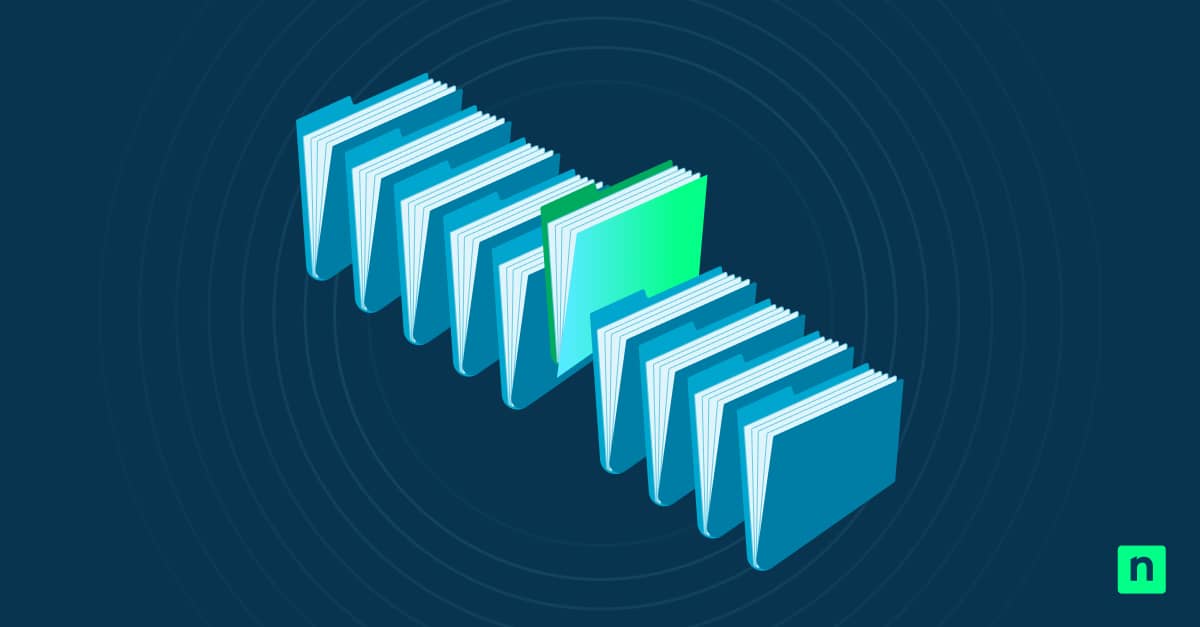As the applications of artificial intelligence continue to grow, IT professionals face a growing need to distinguish between emerging technologies. Terms like “agentic AI” vs. “AI agents” are appearing more frequently in technical conversations, but their unique roles and capabilities are often misunderstood.
What is agentic AI?
Agentic AI refers to artificial intelligence systems designed with a high degree of autonomy and the ability to act independently toward achieving specific goals. Think of agentic AI as a skilled executive assistant who anticipates needs, makes judgment calls, and adapts to changing priorities without constant guidance. These systems make decisions without continuous human intervention, operating with a broader understanding of their environment and objectives.
The core architecture of agentic AI incorporates sophisticated decision-making frameworks — similar to how an experienced chess player evaluates moves, anticipates responses, and selects optimal strategy. These systems evaluate options, predict outcomes, and select optimal courses of action. Modern agentic AI functions as an independent entity within defined parameters, often learning from experience through advanced machine learning techniques.
What is an AI agent?
An AI agent is a software entity designed to perform specific tasks within a defined environment. If agentic AI is like an executive assistant with broad responsibilities, an AI agent resembles a specialized team member with expertise in one particular area. These agents operate based on predetermined rules and parameters, responding to specific inputs and executing actions according to their programming.
AI agents typically have a narrower scope compared to agentic AI systems. They excel at performing specialized tasks efficiently, such as:
- Monitoring network traffic
- Processing specific data inputs
- Executing predefined response protocols
Imagine a security guard who excels at monitoring a specific entrance but doesn’t make decisions about overall building security policy. AI agents interact with their environment through sensors (for gathering information) and actuators (for taking actions), creating a perception-action cycle.
Agentic AI vs. AI agents: Key differences
When examining agentic AI vs. AI agents, there are several fundamental differences in how these technologies function and what they’re designed to accomplish. Agentic AI systems operate with a broader scope and greater independence, while AI agents function as specialized components within larger systems, each with its own particular strengths and limitations.
Autonomy and decision-making
The level of autonomy and sophistication in decision-making sets agentic AI and AI agents apart. Agentic AI operates with broad independence, making complex choices with minimal oversight. In contrast, AI agents are designed to follow specific rules and protocols, focusing on efficiency within a defined scope.
Agentic AI:
- Makes independent, complex decisions with minimal human input.
- Evaluates multiple factors and weighs options against broader goals.
- Determines both what goals to pursue and how to achieve them.
AI agents:
- Operate with limited autonomy, following predefined protocols and decision trees.
- Decision-making is structured, deterministic, and focused on efficiency.
- Primarily focus on how to achieve clearly established objectives.
Adaptability in complex environments
Looking at agentic AI vs. AI agents, adaptability is another area where they diverge. Agentic AI systems are built to handle changing conditions and novel situations, learning and adjusting without reprogramming. AI agents, on the other hand, are best suited for stable environments where human intervention is available in unexpected scenarios.
Agentic AI:
- Adapts to new and changing environments without needing reprogramming.
- Incorporates new information and modifies strategies on the fly.
- Well-suited for dynamic, unpredictable settings.
AI agents:
- Adaptability is limited to predefined scenarios and parameters.
- Require human input or updates to handle unfamiliar situations.
- Excel in stable, well-understood environments with predictable variables.
Applications of AI agents in IT management
AI agents are becoming indispensable in IT management by taking over high-impact, resource-heavy tasks like patching, system monitoring, helpdesk triage, and compliance enforcement. Organizations are using them to automate routine processes, respond instantly to system issues, and reduce manual workloads across large environments. For IT leaders, the key is to identify areas where automation can deliver quick, low-friction wins. Here are a few ideas.
Workflow automation
AI agents excel at streamlining IT workflows by handling repetitive tasks and orchestrating processes across systems. These specialized components reduce manual workloads while improving consistency in routine operations. Implementation typically focuses on specific areas where well-defined processes can be enhanced through intelligent automation.
Common use cases include dynamic task scheduling and resource allocation, where AI agents adjust priorities based on real-time system performance and business needs. They can also automate documentation by updating technical records as systems change, ensuring accuracy without the overhead. In more complex environments, AI agents act as connectors between platforms, enabling smooth workflows by translating commands and data across different systems.
Incident response
AI agents are also reshaping incident response by enabling faster detection, analysis and resolution of IT issues — often before human teams can react. By continuously monitoring systems and acting on anomalies in real time, they help reduce downtime and standardize how incidents are handled.
Key capabilities include:
- Automated triage: Classifies incidents by severity to prioritize response.
- Pattern recognition: Identifies recurring issues and recommends fixes.
- Instant remediation: Executes predefined scripts to resolve common problems on the spot.
Device monitoring
AI agents enable continuous, intelligent monitoring of devices across complex, distributed IT environments. They track performance, health metrics, and security posture in real time, giving IT teams a comprehensive view of both individual devices and overall system trends.
These monitoring agents can detect performance degradation before it impacts users, identify potential security vulnerabilities through behavioral analysis, and maintain detailed logs for compliance and troubleshooting purposes. Their distributed architecture allows monitoring to scale easily as infrastructure grows. Additionally, these agents can implement adaptive monitoring schedules that increase scrutiny during high-risk periods or when unusual activity is detected.
Combining agentic AI and AI agents
Many organizations are adopting hybrid strategies that combine agentic AI and specialized AI agents to maximize efficiency and adaptability. By deploying AI agents for routine, well-defined tasks and leveraging agentic AI for complex, dynamic decision-making, IT teams can achieve both reliability and flexibility.
This allows for seamless automation of repetitive processes while ensuring that more nuanced, high-level challenges are addressed with greater care. Hybrid models also enable organizations to scale their AI capabilities as needs evolve, providing a balanced framework that supports both operational stability and innovation.
Agentic AI vs. AI agents: Comparison table
| Aspect | Agentic AI | AI agents |
| Autonomy | Operates independently with minimal human input | Follows predefined rules and workflows |
| Decision-Making | Makes complex choices and sets its own goals | Executes tasks to meet clearly defined goals |
| Scope of reasoning | Evaluates multiple factors against broader objectives | Focuses on efficiency within a limited, structured scope |
| Adaptability | Learns and adjusts to new environments without reprogramming | Limited to preset scenarios; needs human input for novel situations |
| Best fit for | Dynamic, unpredictable environments | Stable, well-understood environments |
Choosing the right approach for your IT strategy
As AI becomes more embedded in IT operations, the question shifts from whether to adopt it to how to apply it most effectively. In IT environments where processes are well-defined and scenarios are relatively stable, AI agents often deliver the most efficient results. Their ability to handle focused tasks, such as monitoring, data processing, or triggering predefined responses, makes them ideal for organizations looking to boost performance in targeted areas without sacrificing oversight or control.
However, in environments marked by rapid change, unpredictable inputs or complex decision-making, agentic AI may offer greater value. These systems can navigate ambiguity, learn from new contexts and adapt their behavior to evolving business needs — capabilities that traditional AI agents typically lack. Many organizations are finding success with a hybrid approach: using AI agents to automate routine operations while reserving agentic AI for domains that demand strategic reasoning or continuous learning.
As AI capabilities continue to evolve, the key question for IT leaders isn’t just which type of AI to adopt, but where and how to deploy each to balance control with innovation.








